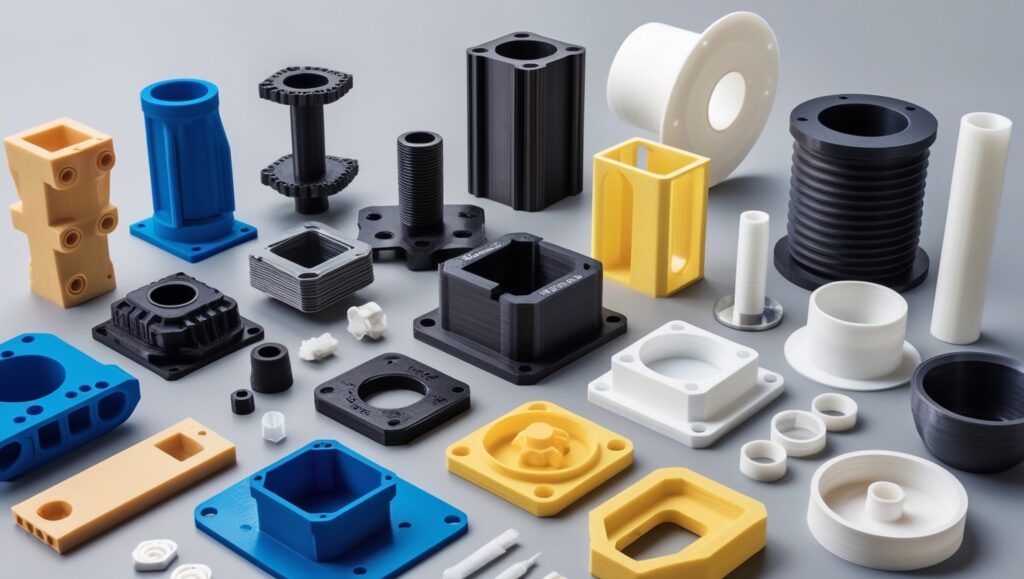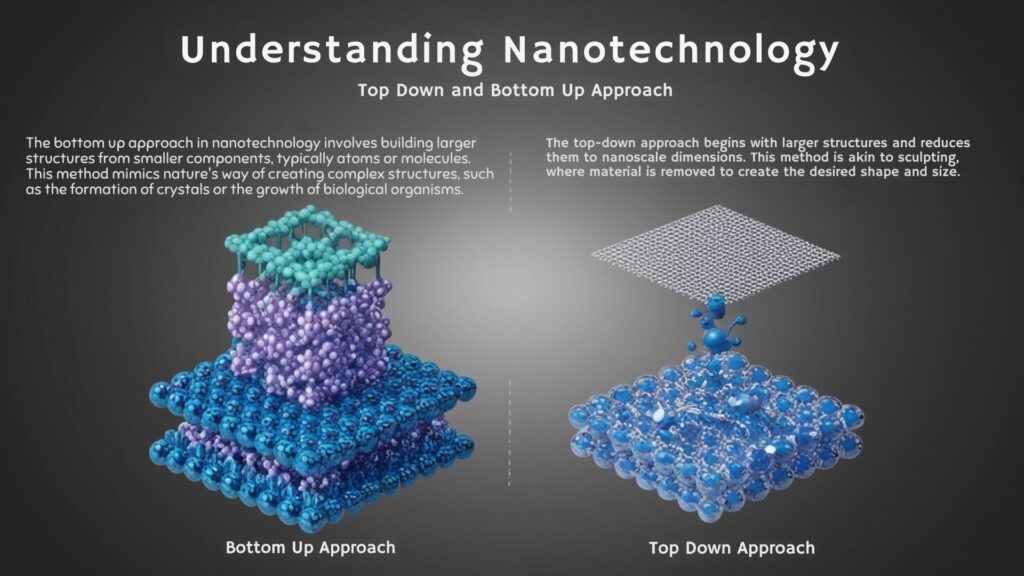A defibrillator is a medical device designed to restore a normal heartbeat by sending an electric pulse or shock to the heart. It is commonly used to prevent or correct an arrhythmia, a heartbeat that is uneven or that is too slow or too fast. Defibrillators can also restore the heart’s beating if the heart suddenly stops.
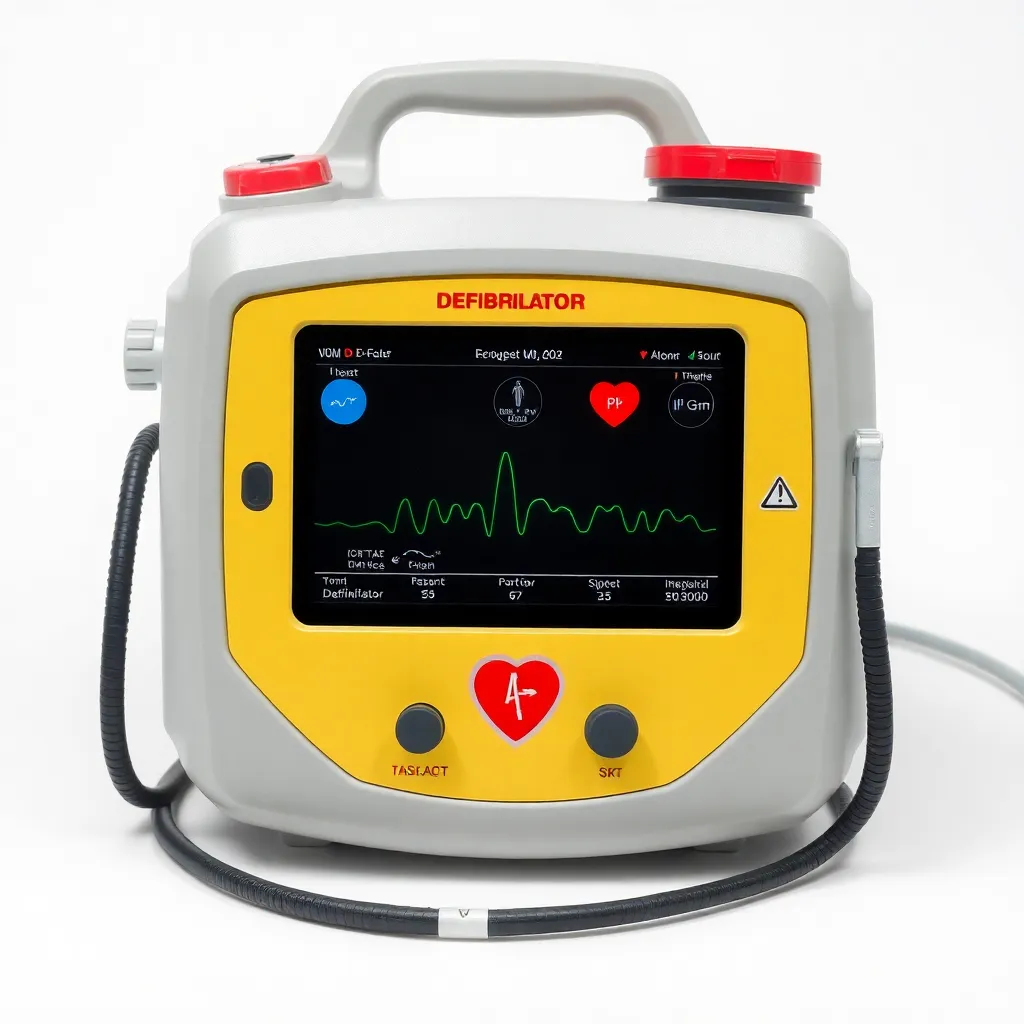
There are different types of defibrillators, including automated external defibrillators (AEDs), implantable cardioverter-defibrillators (ICDs), and wearable cardioverter-defibrillators (WCDs). AEDs are often found in public places and can be used by laypersons with minimal training. ICDs and WCDs are typically used for patients with a high risk of sudden cardiac arrest due to underlying heart conditions.
Defibrillation is a critical treatment for life-threatening cardiac arrhythmias, specifically ventricular fibrillation (V-Fib) and non-perfusing ventricular tachycardia (V-Tach). This procedure involves delivering a dose of electric current to the heart, which depolarizes a large portion of the heart muscle, effectively stopping the arrhythmia and allowing the body’s natural pacemaker to re-establish normal sinus rhythm.
While defibrillation can be a lifesaving intervention, it does not guarantee survival. Survivors of cardiac arrest often require various types of therapy to fully recover. The effectiveness of defibrillation is highest when the shock is delivered as soon as possible after the onset of the arrhythmia.
Implantable cardioverter-defibrillators (ICDs) continuously monitor the heartbeat and deliver shocks when needed to restore a regular heart rhythm. They are recommended for individuals with a history of dangerous heart rhythms or who are at high risk due to conditions like a weak heart muscle. Unlike pacemakers, which prevent dangerously slow heartbeats, ICDs address fast and irregular heartbeats.
Types of Defibrillators
Wearable Cardioverter-Defibrillators (WCDs)
Wearable Cardioverter-Defibrillators (WCDs) have seen significant advancements in both design and functionality, improving their effectiveness and patient outcomes. Cardiology, known for its innovative spirit and early adoption of medical advances, has shown particular interest in exploring digital devices and wearable technology for managing chronic cardiovascular diseases such as congestive heart failure, coronary artery disease, and vascular disease.
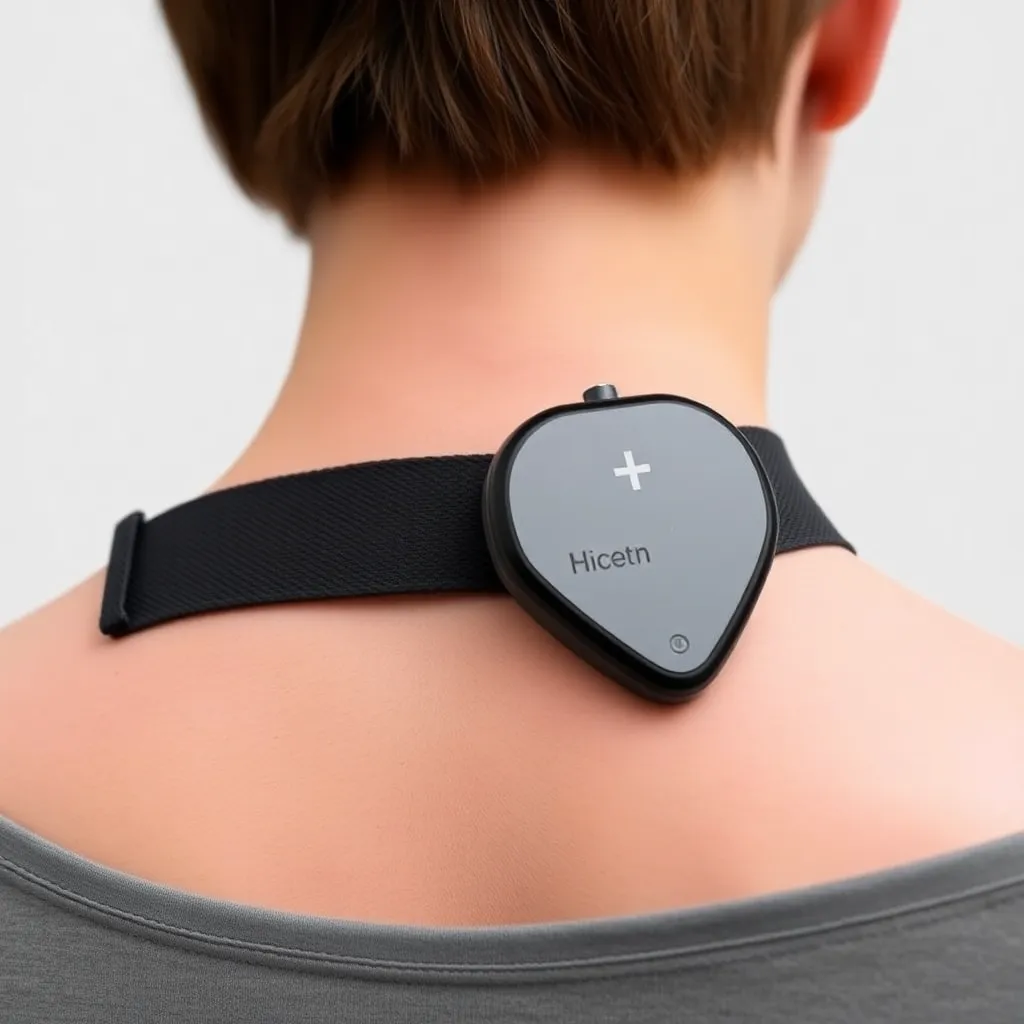
Recent developments in high-tech digital devices, including WCDs, have led to the creation of wearables and sensors capable of transmitting large volumes of individual physiological data to sophisticated computer platforms. These platforms are equipped with complex algorithms and rich computational science capabilities, such as artificial intelligence and predictive analysis technologies, which contextualize individual data within the larger dataset of thousands or even millions of patients. This integration of advanced technologies has enhanced the ability of WCDs to monitor and respond to cardiac events, thereby improving patient outcomes and offering better management of cardiovascular conditions.
Implantable Cardioverter-Defibrillators (ICDs)
Implantable cardioverter-defibrillators (ICDs) are small battery-powered devices placed in the chest to detect and stop irregular heartbeats, known as arrhythmias. They continuously monitor the heartbeat and deliver electric shocks when needed to restore a regular heart rhythm. ICDs are specifically recommended for individuals with dangerously fast heartbeats such as ventricular tachycardia or ventricular fibrillation, or those at high risk of dangerous irregular heartbeats due to a weak heart muscle.
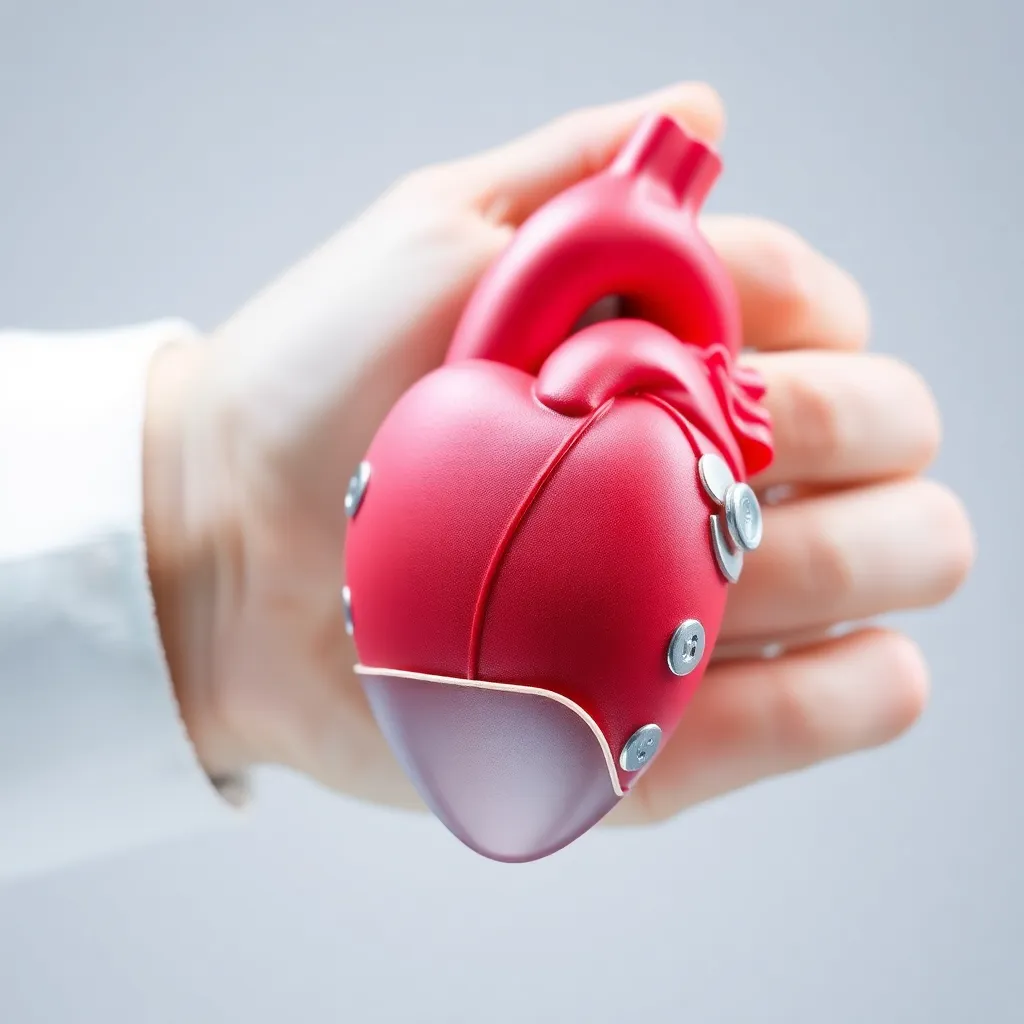
The primary function of ICDs is the prevention of sudden unexpected arrhythmic cardiac death. Unlike pacemakers, which are used to prevent dangerously slow heartbeats, ICDs address issues related to abnormally fast heart rhythms.
Selection criteria for ICD candidates have been outlined by various guidelines and expert consensus statements. For instance, the ACC, the Heart Rhythm Society (HRS), and the American Heart Association (AHA) released an expert consensus statement on the use of ICDs in patients who are not well represented in clinical trials. This statement, published on May 9, 2014, in the Journal of the American College of Cardiology, provides guidance on ICD therapy for these specific populations.
Additionally, the 2015 ESC Guidelines offer updated insights into the epidemiology of sudden cardiac death (SCD), risk stratification, and advances in diagnostic evaluation and therapeutic strategies for patients with ventricular arrhythmias and SCD. These guidelines highlight the importance of individual risk assessment and the selection of appropriate candidates for ICD implantation based on new clinical evidence.
Automated External Defibrillators (AEDs)
How Does an AED Determine When to Deliver a Shock?
An Automated External Defibrillator (AED) is a portable device designed to diagnose and treat sudden cardiac arrest (SCA) by delivering an electric shock to the heart. When a person suffers from SCA, their heart stops beating effectively, cutting off blood flow to the brain and other vital organs. AEDs play a crucial role in restoring normal heart rhythms, significantly increasing the chances of survival when used promptly.
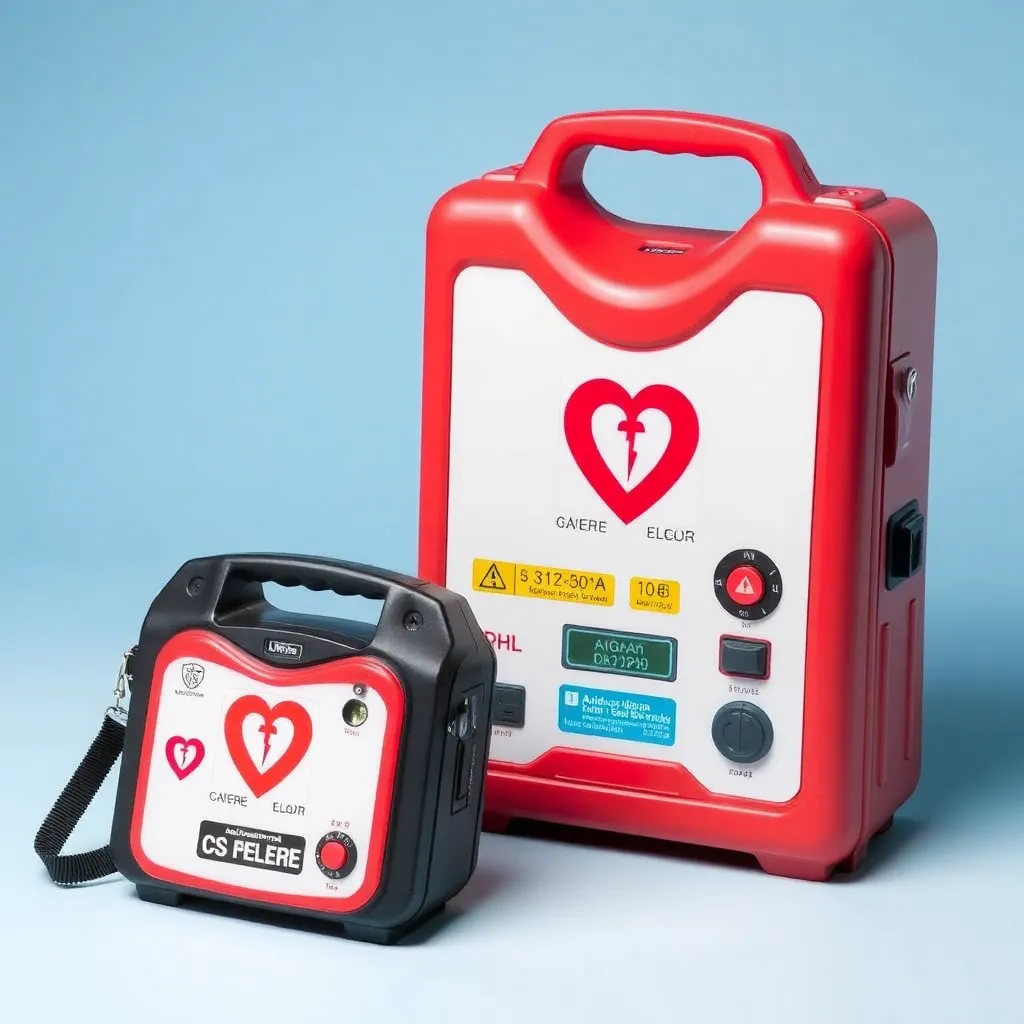
AEDs are designed to be user-friendly and can be operated by individuals with minimal or no formal medical training. The device is applied to the patient using two chest pads that are placed as indicated by the device instructions. These pads serve a dual purpose: they deliver the electric shock to the heart muscle and also act as sensors to record and interpret the electrical activity of the heart.
The AED continuously monitors the heart’s electrical activity through these pads. If it detects a specific type of abnormal heart rhythm known as ventricular fibrillation or pulseless ventricular tachycardia, which are indicative of SCA, the device will advise a shock. The chance of an AED mistakenly delivering a shock to someone with a normal heartbeat is extremely low, making it a very safe device.
In an emergency, quick and decisive action is essential. Immediate CPR and defibrillation within 3-5 minutes of cardiac arrest are critical for increasing the chances of survival. Understanding how an AED works and recognizing the signs of cardiac arrest are key components in effectively using this life-saving device.
How Does an AED Work?
An Automated External Defibrillator (AED) is a device designed to send an electrical shock to the heart of a person experiencing Sudden Cardiac Arrest (SCA) in order to restore a normal heartbeat rhythm. Contrary to common belief, an AED does not restart the heart; rather, it temporarily stops the heart to allow it to reestablish a regular rhythm.
The process of using an AED is straightforward, even for those with no prior experience. When an AED is activated, it begins by analyzing the heart’s rhythm to determine whether a shock is needed. This analysis is automatic, and the device provides visual and audible instructions to guide the user through the process. If the AED determines that defibrillation is required, it instructs the user to deliver a shock by pressing a button. This shock momentarily stops the heart, providing an opportunity for it to resume its normal function.
Post-Implantation Care
Post-Implantation Care for ICD Patients
Patients with an implantable cardioverter defibrillator (ICD) require comprehensive post-implantation care to manage both the physical and psychological aspects associated with the device. The ICD, developed by Drs. Michel Mirowski and Morton Mower in the late 1960s, is designed to prevent sudden cardiac death and has proven to be an effective intervention. Despite its benefits, many patients experience significant psychological distress due to lifestyle changes and the fear of potential shocks from the device.
To address these concerns, post-implantation care includes regular follow-up appointments to monitor the device’s functionality and battery life, as well as the patient’s overall cardiac health. During these visits, healthcare providers also evaluate the patient’s psychological state and may provide counseling or support services to help them cope with anxiety or depression related to the ICD. Education about living with an ICD, including activity restrictions, recognition of device-related symptoms, and emergency procedures, is also a critical component of post-implantation care.
Nursing care plays a vital role in ensuring the quality of life for ICD recipients. Nurses are responsible for patient education, providing emotional support, and facilitating communication between the patient and their healthcare team. By addressing both the technical and emotional aspects of ICD management, healthcare providers aim to improve patient outcomes and enhance their quality of life.
Follow-Up Procedures for ICD Patients
Post-implantation care and follow-up procedures for patients with an implantable cardioverter-defibrillator (ICD) are crucial for ensuring the device’s optimal function and patient safety. Following the implantation of an ICD, patients typically undergo a recovery period where they are closely monitored for any immediate complications. After the initial recovery phase, regular follow-up appointments are scheduled to check the ICD’s functionality and to make necessary adjustments to the device’s settings.
Patients are advised to avoid strenuous activities and heavy lifting for a period of time post-surgery to allow for proper healing. Routine follow-up visits usually occur every three to six months. During these visits, a healthcare provider will use a programmer—a special computer— to communicate with the ICD. This device allows the provider to check the battery life, review any recorded heart rhythms, and ensure the ICD is functioning correctly.
Moreover, patients are often given a remote monitoring system that transmits ICD data to their healthcare provider from home. This system allows for continuous monitoring and can alert the medical team to potential issues, enabling timely interventions.
Patients with ICDs must also be cautious about electromagnetic interference (EMI) from certain electronic devices and magnetic fields, as these can affect the ICD’s operation. They are generally advised to avoid prolonged exposure to strong electromagnetic fields, and to keep mobile phones and other electronic devices at least six inches away from the ICD site.
Additionally, patients should be educated on recognizing signs of potential problems, such as dizziness, fainting, or palpitations, and instructed to seek immediate medical attention if they experience these symptoms.
Long-term management of patients with an ICD involves regular evaluations to assess the progression of their underlying heart condition, ensuring that the device continues to meet their medical needs effectively.
Innovations in Defibrillator Technology
Integration of Artificial Intelligence in Wearable Cardioverter-Defibrillators (WCDs)
Wearable cardioverter-defibrillators (WCDs) have significantly benefited from the integration of artificial intelligence (AI) and machine learning, enhancing their functionality and predictive capabilities. A notable example is the use of smartwatches equipped with AI algorithms to detect atrial fibrillation, a condition that can lead to serious cardiac events if not promptly identified and managed. The integration of AI into these devices allows for continuous monitoring and real-time analysis of cardiac data, thereby enabling the early detection of potential arrhythmias and improving patient outcomes. This advancement is crucial in providing proactive healthcare and reducing the risk of sudden cardiac death among high-risk patients.
Machine Learning Applications in Wearable Defibrillators
The integration of artificial intelligence (AI) and machine learning (ML) into wearable cardioverter-defibrillators (WCDs) has significantly enhanced their functionality and predictive capabilities. AI and ML models are being developed to predict cardiopulmonary resuscitation (CPR) success, leveraging large datasets to improve the accuracy of medical diagnosis and patient outcomes in prehospital emergency care scenarios. These advancements facilitate precision medicine by enabling WCDs to better identify individuals at risk of sudden cardiac arrest and optimizing intervention strategies. The deployment of AI and ML in WCDs exemplifies their transformative potential in healthcare, particularly in the early prediction and management of life-threatening cardiac events.
Usage in Emergency Situations
Automated External Defibrillators (AEDs) are critical devices for providing emergency care during sudden cardiac arrest (SCA) situations. SCA can occur without warning and can affect individuals of any age, leading the heart to stop beating effectively. Quick intervention with an AED is essential, as survival rates drop significantly with each passing minute without defibrillation.
The typical process of using an AED involves several key steps. Firstly, check for the individual’s responsiveness and call 911 for emergency assistance. After ensuring that help is on the way, start chest compressions immediately. Next, locate the AED and prepare the victim by exposing their chest and ensuring it is dry. Attach the AED pads to the victim’s chest and connect them to the device. It is crucial to clear the area around the victim to avoid interference and potential harm during the shock delivery. Follow the AED’s audio and visual prompts to deliver a shock if necessary and continue with chest compressions as instructed until medical professionals arrive.
Despite the presence of clear instructions provided by AEDs, the high-stress nature of emergency situations can pose challenges even to trained individuals. Ensuring proper and prompt use of the device is paramount, as it can significantly enhance the chances of survival, boosting them by up to 49–75% if used within the first few minutes of cardiac arrest.
Training in CPR and AED usage can greatly improve the effectiveness of the response in such critical scenarios. Regular practice and keeping skills up-to-date can prepare individuals to act swiftly and confidently, making a crucial difference in life-threatening situations.


